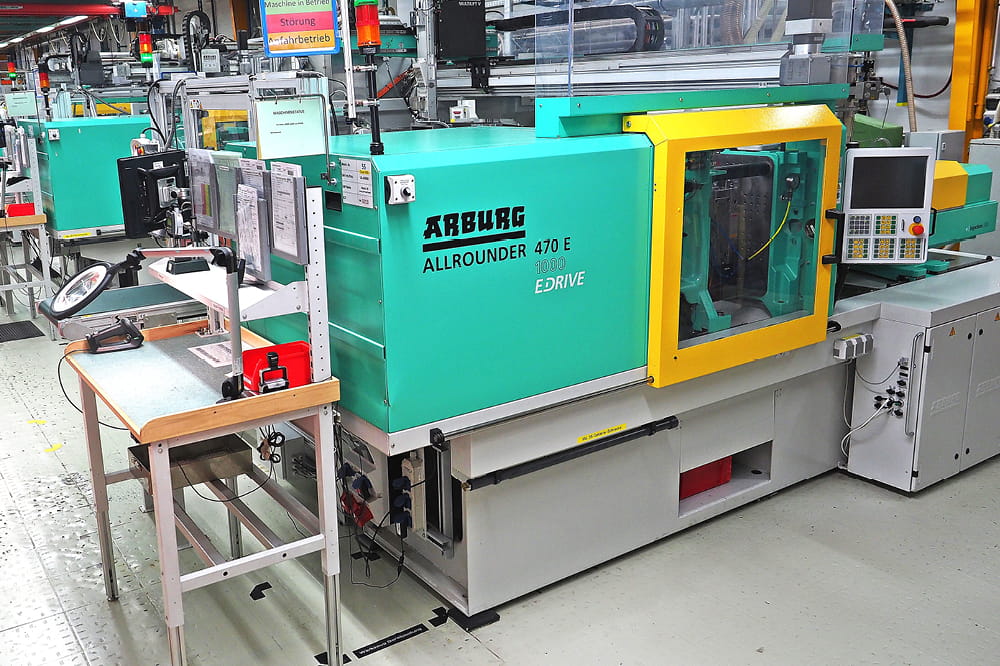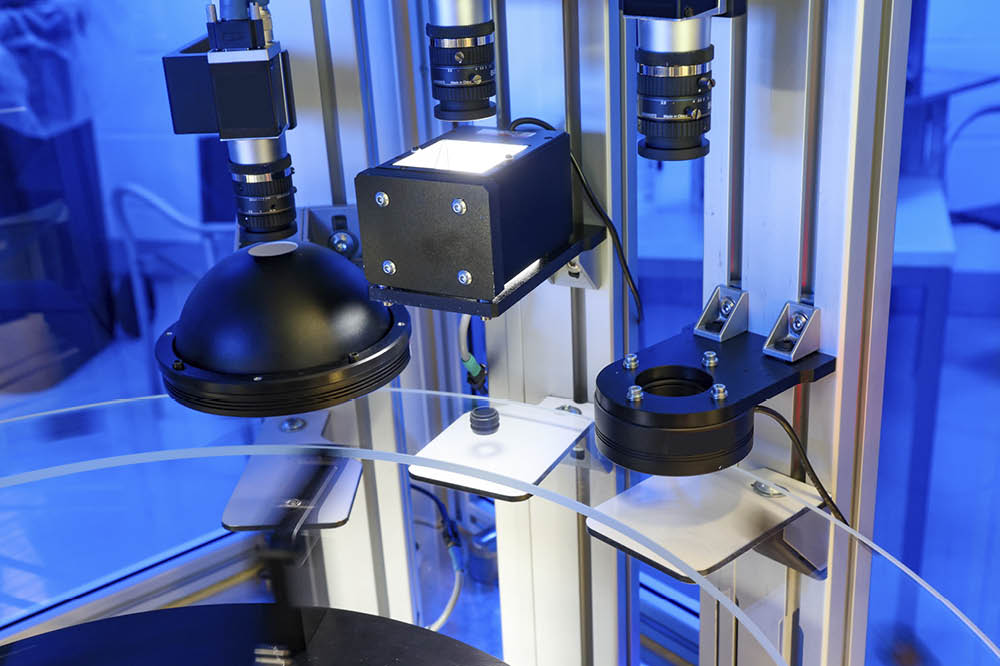Obtain news and background information about sealing technology, get in touch with innovative products – subscribe to the free e-mail newsletter.

Not Automatically Autonomous
Autonomous vehicles seem to be a special species of robot. The differences cannot be justified on either technical or commercial grounds. They lie in our view of driving.
In “The Love Bug,” when a Volkswagen Beetle named Herbie was poised to jump off a bridge one night, even the hardest-core car-haters sympathized with his plight. He was about to be replaced by a red Lamborghini. As absurd as the scene is, the more than 50-year-old Disney film offers a visionary answer to a fundamental question: How do you deal with a robot automobile? We can’t help but talk to it and think our way into this artifact of steel and circuit boards. And we will develop feelings – at any rate, more than we would for the robots that mow our lawns or work next to us in plants.
Autonomous transport: The readiness to do so varies around the world. The French manufacturer Navya in Lyons has already developed a range of small buses – and currently sees its greatest market opportunities in Asia. © Viennaslide / Alamy Stock Foto
But why is this the case? From a technical standpoint, a vehicle that propels itself without human intervention is not fundamentally different from a mobile industrial robot. It is certainly equipped with a more extensive system of sensors and higher performance computers, but the basic governing principle is the same: recognize, calculate, take action. The actual difference is not in what the robot vehicle does, but in our view of the activity. As we see it, creating the same weld seam 24 hours a day is a monotonous activity. So is mowing the lawn for an hour every morning. We feel that these activities require little intelligence. They do not evoke powerful emotions. Driving a car, by contrast, is a cognitively demanding activity unless it is traveling straight ahead for hours and hours through the American West at a constrained speed. If a technology can replace us, then, at a minimum, it must be a very special machine. Anything else would threaten our self-image.
This premise is supported by polling on the acceptance of autonomous driving. It is especially high in those markets where driving ability is not held in particularly high esteem. For example, a mobility study by auto supplier Continental found that 89 percent of drivers in China believe the trend toward autonomous vehicles makes sense. In China, if you have a sufficiently high opinion of yourself, you are already driven around by chauffeurs. By contrast, acceptance only reaches 52 percent in Germany, the quintessential automotive nation.
Enormous Progress, No Series Production
When it comes to autonomous vehicles, German automakers are back in the forefront technologically. Alarmed by images of a Google-programmed Toyota Prius in 2012, premium manufacturers launched development programs with budgets in the billions. The technological progress has been enormous over the past ten years, and even complex traffic situations in urban centers are largely expected to be mastered. Legislation is moving quickly as well. Germany was the first country to pass mandatory rules for the use of fully automatic vehicles without a supervising driver on public roads.
There still isn’t a single self-driving vehicle that you can buy right now. Why is that? Only a miscalculation explains this. The full range of technology deployed in a robot car adds tens of thousands of euros to its price. For a personal vehicle, the value for the money is just too little. “For the foreseeable future, we will rather see assistance systems with expanded functions in cars,” said Thorsten Gollewski, who is responsible for autonomous mobility systems at auto supplier ZF Friedrichshafen. “At present, a higher level of automation is mainly appealing for trucks and people movers.” The business model is the rationale: In freight transport in developed countries, wages and ancillary costs make up about one-third of the total lifecycle costs. By contrast, the depreciation of the vehicle costs only accounts for about 9 percent. In the end, it is a rational calculation that determines whether autonomous vehicles come into use – and that applies to robo-trucks as well as their colleagues on the shop floor.
This article originally appeared in ESSENTIAL, Freudenberg Sealing Technologies’ corporate magazine that covers trends, industries and new ideas. To read more stories like this, click here.
More Stories About Digitalization

Join Us!
Experience Freudenberg Sealing Technologies, its products and service offerings in text and videos, network with colleagues and stakeholders, and make valuable business contacts.
Connect on LinkedIn! open_in_new










